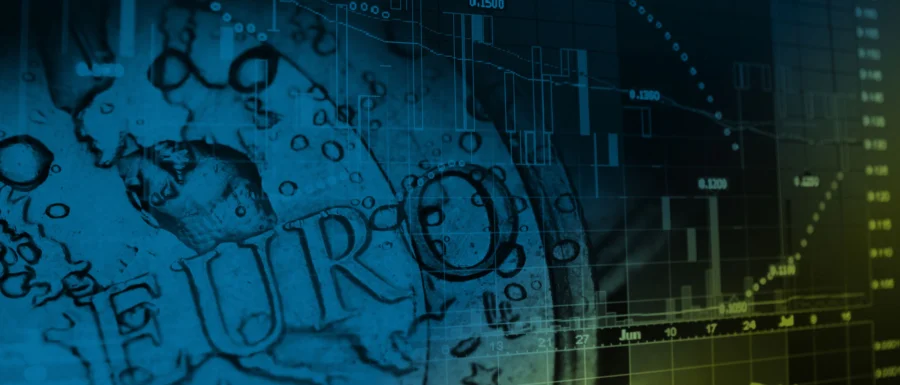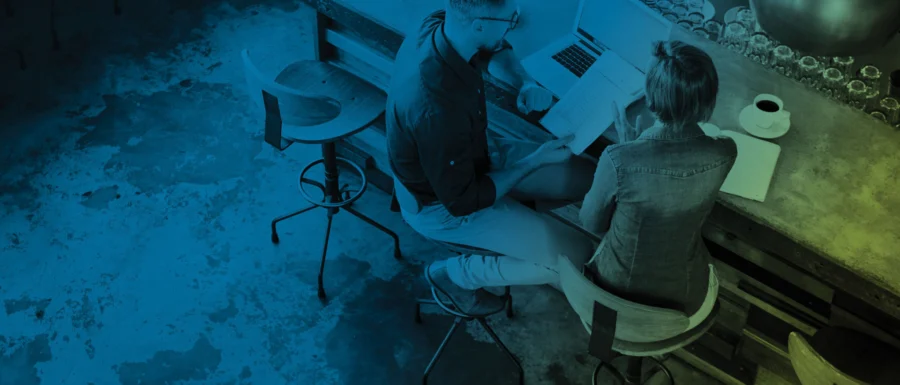

© 2015-2025 Institutional Capital Network, Inc. All Rights Reserved.
Privacy Policy | California Privacy Notice | GLBA Notice | Website Disclaimer | Business Continuity Statement | Terms of Service | Additional Jurisdiction Terms | Cookie Policy | Email Disclaimer | Awards Disclaimer | Purchase Order Terms | Broker Check









